Sohini and Rishi, in the second part, discuss Tripurasundari, a primordial wisdom goddess, Bhuvanesvari, Chinnamasta, and Bhairavi, symbolising divine consciousness, beauty, liberation, and transformative power, exclusively for Different Truths.
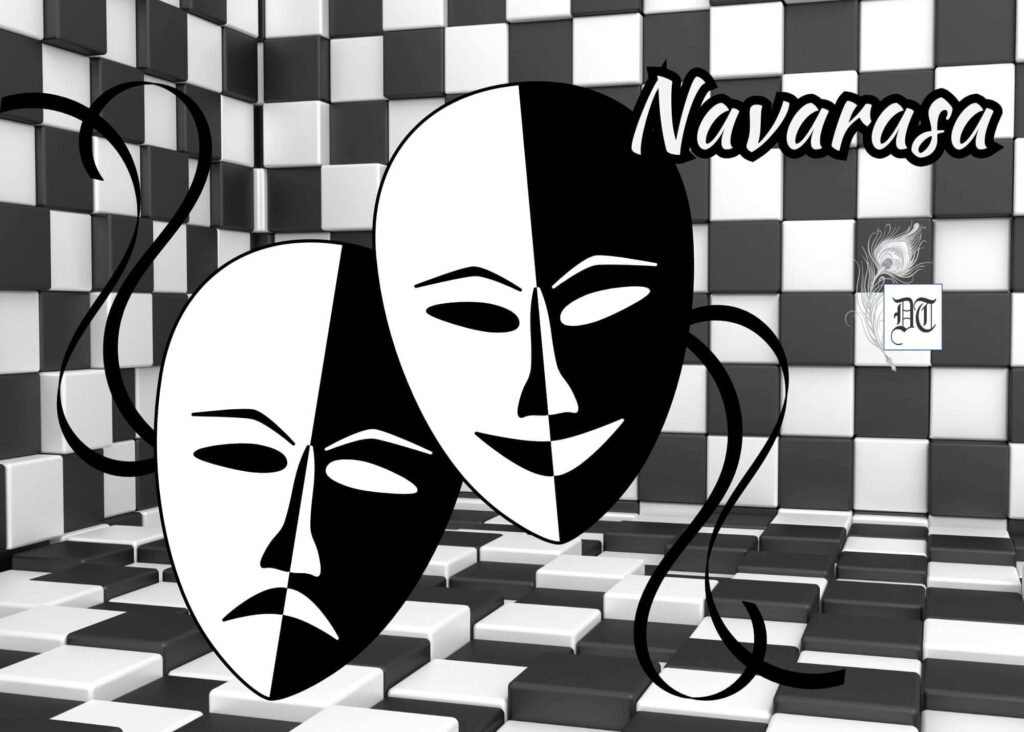
When Tripurasundari is referred to as an adi-mahavidya or primordial wisdom goddess, she joins Tara and Kali in standing for one of the ultimate realisations of reality. She doesn’t symbolise the final, absolute, or nirguna state, which is devoid of all attributes, but she does stand in for the experience of consciousness in a high stage of divine universality.
Sodasi, Lalita, Kamesvari, Srividya, and Rajarajesvari are some of her other monikers. Each of these highlights a certain trait or purpose.
Tripurasundari’s complexion is described in her dhyana-mantra as shining with the light of the rising sun. This rose hue stands for happiness, kindness, and enlightenment.
Tripurasundari has four arms, and she is holding a noose, a goad, a bow, and five arrows in each of her four hands. The noose represents the allure of beauty. The power to break free from ego-based connection is symbolised by the goad. The mind (manas) is symbolised by the bow, which in this instance is a sugarcane-made bow rather than a typical one. Flowers are used to create the five arrows, which stand in for the five sensory faculties (jnanendriyas). To put it another way, what we see and understand is excellent, sweet, juicy, and wonderful. The world is a beautiful place that should be cherished and appreciated. Tripurasundari’s body is covered in a multitude of jewelled jewels to further support this image, signifying both her grandeur and her boundless prosperity.
Tripurasundari is frequently depicted seated on the supine body of Shiva who is perched on a throne. Shiva is the unsurpassed consciousness in and of itself, the one reality, and the foundation of all things with names and forms. Sakti, also known as Tripurasundari, is seated on that lone pillar. This is a vivid instance of the important Tantric doctrine that Sakti and Shiva are mutually dependent; without Sakti, Sakti would not exist, and Shiva would not have expression. Power and consciousness are one.
The gods Brahma, Visnu, Rudra, and Mahesvara are the four pillars of Tripurasundari’s throne. Brahma is the force of cosmic creation or emanation (srishti); Visnu is the force of cosmic upkeep (sthiti); and Rudra is the force of cosmic withdrawal, dissolution, or annihilation (samhara). Mahesvara represents the divine power of concealment in addition to this threefold action, which is distinctly Tantric (nigraha). The infinite One is hidden from our awareness when the nondual reality manifests the finite many. On the other hand, Shiva, as SadaShiva, represents the power of self-disclosure (anugraha), also referred to as divine grace. We once more encounter the inescapable divine unity that is our fundamental being as we move past the outward manifestations and division of name and form. Brahma, Visnu, Rudra, Mahesvara, and SadaShiva are the five deities that stand in for Tripurasundari’s five divine facets (pancakritya).
Mother is paramount in the Sakta Tantra, and the gods are just ways for her to express herself. She presides over the universe’s creation, upkeep, and destruction through them, as well as the self-concealment and self-revelation that underlie those three processes. Self-revelation causes the manifest cosmos to collapse and reveals the basic unity. Self-concealment is both the prerequisite for and the outcome of cosmic manifestation.
Given this, the scholar Bhaskararaya of the eighteenth century advocated that the name Tripurasundari be interpreted as “she whose beauty surpasses the three realms,” which would imply that she is divinity in its transcendental splendour. The term, however, is typically understood to imply “she who is beautiful in the three worlds” in an immanent meaning. The concept of a triad—a trio that appears in many combinations throughout the phenomenal world—is evident here.
The Sricakra, Tripurasundari’s yantra, is dominated by the triangle. The early signs of cosmic evolution are represented by the innermost triangle. This occurs in the realm of divine consciousness. Pure, non-dual consciousness is aware just of itself since there is nothing else. It is the utmost manifestation of subjectivity (aham). The One, realising that it is the only being, says, “Let me be many; let me propagate myself,” as we learn from the Upanishads. The concept of “this” develops within the unadulterated knowledge of “I” (aham) (idam). Subjectivity and objectivity coexist right now in the same single reality of awareness. There is always a third component—the relationship between the two—where there are two. Therefore, the triangle is formed by the knowing subject, the known object, and the relational act of knowing.
Tripurasundari stands for the SadaShivattva, commonly known as the condition of consciousness. The phrase is described as “I am this” (aham, idam). The expansion of awareness is known as cosmic development (pravritti). This stage represents a very high level of attainment for the yogin and is extremely near to full enlightenment because spiritual practice reverses that flow. It is an encounter with the coherence of consciousness while experiencing the universe. One who is linked in yoga sees the Self in all beings and all beings in the Self; his is the vision of sameness everywhere (sarvabhutastham atmanam sarvabhutani catmani / ikshate yogayuktatma sarvatra samadarsanah), according to the Bhagavadgita (6.29). In this state, one feels the same sense of selfhood that permeates everything and is sensed within one’s own heart. Sarvatmabhava, or the revelation that “I am all this,” leads one beyond the boundaries of the individual ego. It is the experience of the Self in all beings. The Tantra refers to this state of awareness as SadaShivatattva. A sense of global love arises from this firsthand encounter with the Divine in oneself and throughout all of creation (visvaprema). A person who is in this elevated condition of oneness has no sense of separation from other people and, as a result, is a wellspring of compassion.
Tripurasundari is the beauty we notice in our surroundings even in our normal level of consciousness. Everything we see to be lovely on the outside echoes within us. The sugarcane bow and flower arrows symbolise this. The source of all beauty, the ultimate truth, resides deep inside. It is this reality that our experiences allow us to recognise. Real beauty can only be found in the consciousness that illuminates the observed item and makes it knowable, not in the perceived object itself. A person who practises Tripurasundari-awareness maintains a state of purity of consciousness and exudes tangible bliss. The creator, however, must be even more amazing if the creation is excellent.
The world seems imperfect to those who lack enlightenment. The world seems to be a large collection of various components, but perfection is totality and oneness. The diversity of the divine cause’s effects obscures its unity. We see beauty but also experience the agony of its transience, forgetting that the Divine Mother, Tripurasundari, who is the source of beauty, resides indestructibly in the centre of our awareness.
Hence, her sadhana is the purifying of our awareness—clearing the mind of unworthy thoughts and the thought patterns that support them, recognising beauty everywhere, witnessing the remarkable in every day, and rising to the belief that nothing is alien to ourselves. “All this cosmos is verily Brahman,” (sarvam khalv idam brahma), according to what the Upanishads teach; similarly, this Self (ayam atma brahma).
Bhuvanesvari: Origin of Creation
The fourth Mahavidya, Bhuvanesvari, has a shape that is quite like Tripurasundari’s. Bhuvanesvari relates to the manifest world and our perception of it even more than the goddess who is beautiful in the three worlds or transcends them.
Bhuvana, which means this living world—a site of vibrant activity—and isvari, which means the female monarch or sovereign, make up her name. The most common translation of the word Bhuvanesvari is “Lady of the Planet,” yet Bhuvana is more than just the planet on which we stand. The bhuvanatraya, which includes the heavens, the atmosphere, and the ground, is the entire cosmos. Bhuvanesvari represents all these phenomena’s traits and how they interact because it is a live, dynamic phenomenon.
This point is also made by some of her other names. Mahamaya, which means “she whose magical might is strong,” is her name. Thus, maya refers to the ability to produce a magical appearance for the audience’s amusement; this is what a magician accomplishes. She goes by the names Visvarupa (she whose form is the world) and Sarvarupa (she whose shape is all), respectively. The Holy Mother is the source of everything we encounter in this world. She is frequently connected to the present as Bhuvanesvari.
Her representations are quite like Tripurasundari in many ways. Bhuvanesvari is lavishly jewelled, has a complexion that mimics the colour of the rising sun and wears a crescent moon on her brow. This final characteristic confirms the importance of the physical world. To remind us that she is the source of all abundance, she is occasionally depicted carrying a jewelled drinking cup that is overflowing with precious stones.
She is the origin of creation, as evidenced by the lotus on which she is seated. Her big breasts represent her maternal, nurturing character. As a mother, she cares for everything she has given birth to and is incredibly kind to each of them.
She enjoys playing in this diversely rich universe and always pays close attention to it. Her three eyes, which stand for her knowledge of the past, present, and future, serve as a visual cue for this. She is always aware of everything.
Bhuvanesvar is frequently seen with a noose and a goad. These two objects serve as illustrations of the capturing and emancipating abilities of Mother, who, according to Sri Ramakrishna, is the one who binds and the one who sets free. She performs avidyamaya’s duties with her noose, causing us to become perplexed and take appearances for reality. Another explanation states that the noose stands in for the pancakosa, the five coverings that enclose and protect the atman. These are the physical body (annamayakosa), its life-breath (pranamayakosa), its discernment faculty (vijnanamayakosa), and the causal sheath or feeling of uniqueness (anandamayakosa). She prods us with her goad to conquer any obstacles—any passions, negativities, or false beliefs that hide our actual, divine essence. She exhorts us to strive for authentic Self-knowledge to transcend the boundaries of human life imposed by the body, intellect, and personality.
One of the most prevalent symbols in Hindu iconography, the lotus can have several meanings depending on the situation. In this case, the lotuses in Bhuvanesvar’s upper hands stand for development and the vivacious energy that permeates the cosmos. They stand for perfection and purity as well. Although the lotus plant’s roots are in the dirt, the beauty of its blossom is unimpaired. Hence, the lotus symbolises the level of spiritual purity that can be obtained by fervent and earnest effort. We may seem to be mired in the world in our daily lives, but our true nature is unapproachably clean.
The focus is on Bhuvanesvari’s creative ability because of how closely she is related to the manifest cosmos. Space is the first of the five components (mahabhutas) to appear when the physical universe starts to emerge from the void (akasa). It stands to reason that before the final four components could find a location to call home, there would first need to be space. The creative word is the conduit through which space also transmits sound. The two concepts are extremely intertwined. Space is personified as Aditi, the great mother goddess of early Vedic periods, in the Rigveda, the oldest of all Indian religious writings. Aditi, whose name means “undivided,” had the vast, brilliant sky as her corporeal representation. This area is a physical representation of infinity since it seems to go on forever. Aditi, the all-encompassing mother who gave birth to the gods and who is everything that has ever been, is, or ever will be, was also linked to Vak, the goddess of the written or spoken word, who was later linked to Sarasvati and then Durga. This idea of creative power is recognised in Western philosophy as logos. According to this line of reasoning, another name for Bhuvanesvari is Vagisvari, also known as “the sovereign of the creative word,” who oversees the cosmic manifestation process.
The concept of pervasion goes hand in hand with the concept of space, which is why Bhuvanesvari is revered as the all-pervading divine presence. All-pervading refers to precisely that. In our minds, outer space starts where our physical bodies end and extends to the farthest regions of the cosmos. That kind of space is one. But, there is also an internal space that is limitless—the space within our awareness.
The heart’s interior is called the interior. The term “heart” does not describe the actual organ or even the region of the chest where it is located. The heart is referred to as the epicentre of consciousness. For every one of us, the limitless Divine Mother resides in the heart. This means that she is always with us, no matter where we are in the world. Due to the numerous distractions that vie for our attention and influence our ideas, feelings, and behaviours, we may frequently forget, and most of the time we do. All experience is nevertheless made possible by and illuminated by the constant presence of awareness. There wouldn’t be anything without the Mother.
In a treatise entitled Self-Knowledge (Atmabodha), attributed to Sankaracarya, the penultimate sloka (verse 67) takes up this same theme: “Risen in the space of the heart, the Self, the sun of knowledge, dispels the darkness; all-pervading and all-supporting it shines and causes everything to shine” (hridakasodito hy atma bodhabhanus tamopahrit / sarvavyapi sarvadhari bhati bhasayate ‘khilam).
Bhuvanesvari practically begs us to develop a universal mindset through her all-pervasiveness and identification with the universe. Any religion that asserts that it is the exclusive source of truth is living a hazardous delusion. All religions connect people to a single truth that exists beyond the realm of our trivial differences but permeates every person’s heart and mind. But he, she, or it is that which cannot be named because to name is to restrict, and who are we to limit the Illimitable? Some people prefer to refer to this reality as God, Heavenly Father, or Divine Mother. Then why? either individually or collectively, for our comfort or satisfaction? Does it benefit us more to constantly argue among ourselves and cling to our narrow conceptions of the Divine? Or to embrace the Infinite, which we can never fully comprehend but which we are.
Chinnamasta Represents Lofty Spiritual Truths
The Holy Mother appears in the guise of Chinnamasta, who is depicted as having severed her head. Three streams of blood emerge from her neck, two of which enter her mouth and the other two those of her two female servants, Dakini and Varnini. Chinnamasta is standing on the body of another female figure who is having a sexual encounter with a male who is lying beneath her.
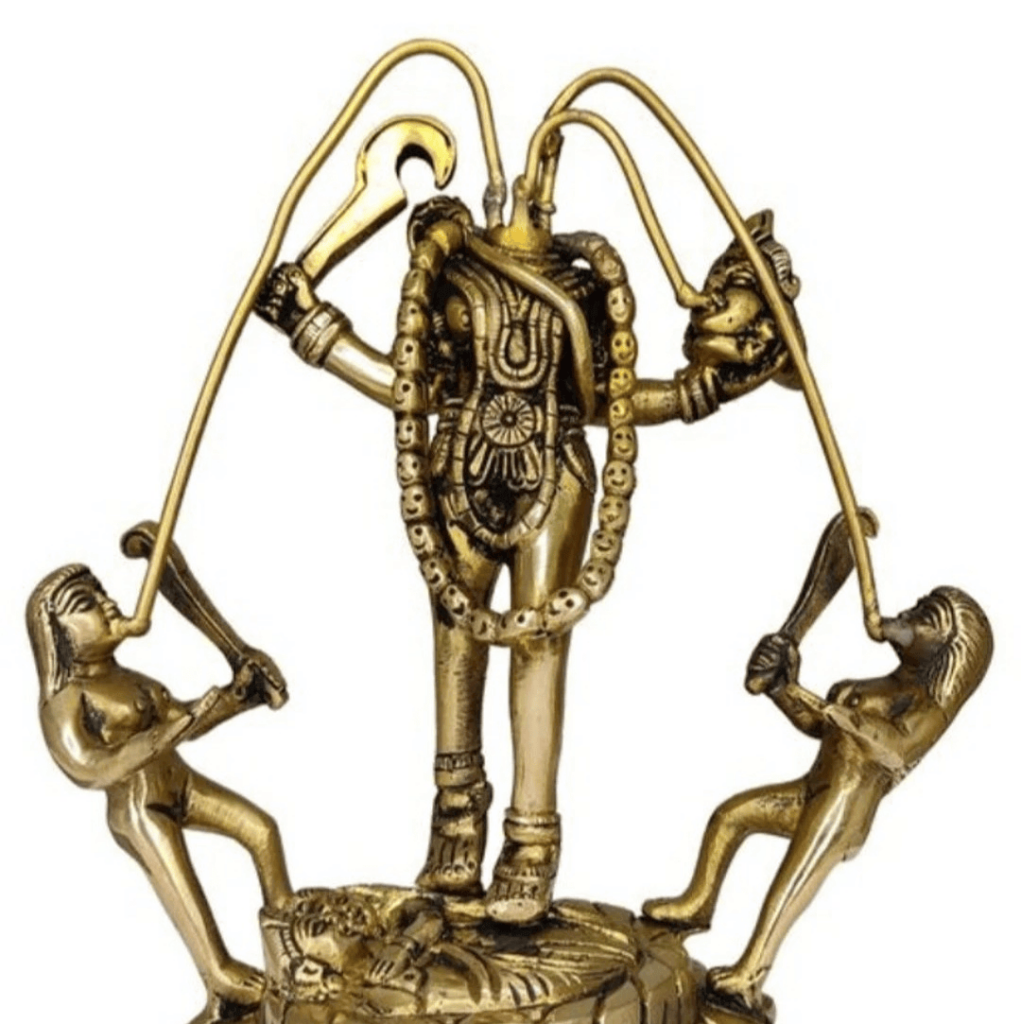
Although this picture could seem alarming at first, it represents lofty spiritual truths, and each iconographic element has a significant message to convey.
The symbolism of the severed head has been given several different interpretations. The mouth, which is the organ of language or sound, is located first in the head. Sound (sabda) or speech (vak) is creative force (sakti). In the beginning, speech (vak) was synonymous with Brahman, according to the Rigveda (10.114.8). Vak is referred to as the unborn person from whom the universe’s creator creates creatures in the Sathapathabrahmana. Consciousness and the force of consciousness are viewed in non-dualistic Tantric teaching as being the same reality. The skull garlands that Chinnamasta and her two female assistants are wearing symbolise the creative power of consciousness through which the universe is made real. Varnamala, or a garland of letters, is the name given to such a decoration since each skull represents a letter of the Sanskrit alphabet. The garland of skulls is a representation of divine creativity rather than death.
The physical portion connected with identification is also the head. In Indian folklore, there are tales of transposed heads in which the identity of the individual is associated only with the head and not the rest of the body. In terms of iconography, the severed head represents freedom. Each person’s unique identity is a condition or restriction that depends on attributes. The Mother displays her actual self, which is unconstrained, limitless, and boundlessly free, by cutting off the head. Her nakedness, which signifies that she cannot be hidden or restrained by any clothing, furthers this image of freedom. She is autonomous because she is limitless.
A strange sacred thread in the shape of a serpent is worn by Chinnamasta. This strange sacred thread represents the reverse of what it is supposed to represent—that she is outside of social norms and religious obligations. Moreover, the serpent represents immortality and invincibility because it sheds its skin (its external appearance) without dying.
Rati and Kama, who are inseminating, are supported by Chinnamasta. Rati here signifies sexual union, while Kama specifically alludes to sexual desire. In the same way that Kali is shown as Shiva’s dominant companion, Rati, the feminine, lies on top. The male principle (Shiva) is the dormant foundation of all existence, the endlessly constant light of awareness. At the greatest level, the feminine principle (Sakti) is consciousness in its active mode—projecting, maintaining, and dissolving the creation. The Tantric formula states that without Shiva, Sakti would not exist, and without Sakti, Shiva would not be able to manifest himself. That same idea is symbolised by Kama and Rati. They are typically depicted lying on a lotus, though occasionally they appear on a funeral pyre.
There are two ways to look at Chinnamasta’s interactions with Rati and Kama. One claims that because she is standing on top of them, she has conquered her urge to have sex. This is the more typical view, and it puts the spiritual aspirant in front of a practical ideal. Here, Chinnamasta stands for self-control and shifting one’s focus from the flesh to the spirit.
The second interpretation has a cosmic component and completes the first. To reflect the divine creative ability, one must engage in copulation. According to the Taittiriyopanishad, Brahman sought to multiply (akamayata) after realising that it was all by itself (bahu syam prajayeyeti) (2.6.1). The solitary source of the cosmic manifestation is likewise named as desire (kama) in the commentary on the Svetasvataropanishad (1.4). The Heavenly Mother therefore has unquestionable authority. She has the choice as to whether she wants to appear. She has control over her creativity and desires. From this cosmological perspective, Chinnamasta has control over the creative impulse; she is free to let it emerge as the cosmos if she so chooses or to repress it if she prefers.
Each of these actions is a stage in the broader process of releasing (pravritti) and reabsorbing (nivritti); the two are the opposing but complementary halves of a single process known as spanda, the eternal pulsing of consciousness.
The cosmos depends on the two goddesses who come to Chinnamasta. Varnini is red on the right and Dakini is black on the left. White chinnamasta is in the centre. The three gunas, or fundamental global powers, are symbolised by the colours black, red, and white. Of the three gunas, sattva, represented by Chinnamasta’s whiteness, is the highest; nonetheless, all three are a part of prakriti, the principle of materiality that underlies all of nature. Nothing exists aside from the Mother, whose capacity for diversity manifests in the universe’s vast show.
The life force (prana), or cosmic energy, which animates the universe and supports all life, is represented by the blood spurting from Chinnamasta’s neck. The initial stream enters Chinnamasta’s mouth. She is independent of everyone else and self-sufficient. The life force found in all living things is represented by the streams that enter her attendants’ mouths. The Mother nourishes all life. Another explanation is that the three streams indicate the movement of awareness through the ida, pingala, and susumna, which are, respectively, connected to the Dakini on the left, Varnini on the right, and Chinnamasta on the centre. By yogic practice, one can learn to control the flow of their awareness, which leads to an encounter with the supreme Self.
According to this understanding, Kama and Rati stand for the awakened kundalini. It cuts through the many tangles of ignorance as it ascends the susumna. The force is so powerful when it reaches the sahasrara that the head is unable to hold it. As it is pictured sitting on Chinnamasta’s left palm, the head that “blows off” symbolises the experience of transcendental consciousness.
The symbolism of Chinnamasta is primarily concerned with freeing ourselves from false beliefs and the constraints placed on us by ignorance of our true nature. It’s crucial to remember that Chinnamasta does not pass away; she is very much alive despite the graphic picture. The underlying message is that the Self is eternal and indestructible by nature (akshara) (svabhav).
Practically speaking, if decapitation is seen as a self-sacrificing act, then the lesson for us is that being unselfish won’t harm us. Contrarily, any act of selflessness will make the ego smaller, but what exactly is the ego? Only the barrier of division, restriction, and ignorance keeps us bound by our erroneous conception of who we are. So, Chinnamasta pushes us to trade in a smaller, powerless identity for one that is infinitely greater and all-powerful in the act of self-decapitation by the sacrificial knife. Eliminating the ego is equivalent to removing the maya veil.
In conclusion, Chinnamasta’s picture explores the nature of the Self and the process of regaining Self-knowledge, also known as freedom.
Bhairavi: The Power of Consciousness
The primary notion here is terror, as the term Bhairavi means “frightful,” “terrible,” “horrible,” or “formidable.” Normally, we link fear and darkness. anxiety of the dark or, more specifically, of the dangers that lurk there unnoticed is a frequent phobia, but Bhairavi doesn’t arouse this kind of anxiety because she is supposed to glow with the brilliance of ten thousand rising suns.
Even though Bhairavi seems fearsome, she is not at all evil. If at first, this seems strange, we need to locate another instance where brilliant light and dread are brought together. The Bhagavadgita’s eleventh chapter contains that illustration. Arjuna had been pleading with Sri Krishna to manifest in his highest, all-pervading form, but when Krishna complied and Arjuna saw it, the experience overwhelmed him. The Gita compares the splendour of a thousand suns rising simultaneously in the sky to the heavenly brilliance. Arjuna saw the limitless form of the Divine with endless limbs, eyes, mouths, and bellies in that blinding light. Arjuna observed gods, celestial creatures, and entire worlds watching in fear and awe, some praising and others quivering in terror. He witnessed entire worlds vanishing into blazing mouths on all sides, like moths racing into the fires of their demise. In this overpowering encounter with the Divine, Arjuna encountered the endless, birthless, and deathless reality in which universes are created, exist, and pass away. He was so terrified that he pleaded to see his beloved Krishna in his comfortable, kind human form once more.
The experience of the Divine Mother as Bhairavi is quite like the experience of Lord Visnu’s global form, his visvarupa. Bhairavi’s shapes span the cosmic to the personal, just like Visnu’s do. Although reality is One, it seems to us to be numerous. Bhairavi can be viewed in a cosmic or individualised light. As a cosmic goddess, Bhairavi is sometimes compared to Durga in her furious Candika form. Because Durga oversees the creation, maintenance, and demise of the universe, she manifests three main aspects: Mahakali, Mahalakshmi, and Mahasarasvati. The three gunas, the fundamental constituents and motivating forces of the universe are the material manifestation of these incredibly subtle and tremendously potent components of consciousness.
Bhairavi is the power of consciousness that resides in every human being in her unique form. She then acquires the name Kundalini. Identification of Bhairavi with great strength is fundamental to both the cosmic and individual elements. In other words, she might appear overwhelming from either perspective.
Every person has the natural ability to know—to experience—the Divine and spiritual life develops through several stages of discovery. When we embark on the spiritual road, we make some kind of intentional effort to begin our search, but what we ultimately uncover isn’t always what we imagined. The light of spiritual understanding may shine so brightly that all of our familiar and cosy beliefs about the world and ourselves may be suddenly destroyed if we have not fully prepared ourselves to receive it. Our world might be turned on its side, and we might temporarily become disoriented. But the remarkable thing about spiritual awakening is that it changes the way we interact with the world and how we see it.
Even while Bhairavi occasionally comes across as unsettling or downright terrifying, she ultimately has good intentions. She is the colour of fire, and we are once more reminded of what fire does. It burns on a physical level. It is both wonderful and terrible in its amazing expression of destructive power as its flame of heat and light devours everything with shape. However, fire can be helpful when it’s managed, warming us when we’re cold, cooking our meals, etc.
Fire can also be unsettling or comforting as the illumination of consciousness. We get knowledge of the world and experience our own life, for better or worse, through the light of awareness, which is frequently referred to as tejas, which means “resplendence.”
Tapas is a term that is frequently used for fire. The phrases “austerity,” “mortification,” and “penance,” which are frequently used to translate this, all have negative connotations. The word ardour might be a more suitable translation. The Latin word for flame, ardour, also connotes zeal, passion, and delight in addition to the concepts of heat and light. We need that support to practise tapas, that self-purifying discipline that points us towards God. One story has Bhairavi igniting all kinds of passion and giving the ability to regulate it. The word for that force is yoga.
The ultimate tapas, according to Vyasa, is “fixing the mind and perceptive faculties one-pointedly on a single object, the indwelling Self,” as stated in the Mahabharata (12.250.4). The concept of yoga given by Patanjali as “the restraint of activity within one’s awareness” (cittavrittinirodha) is quite like Vyasa’s description of tapas. As we practise tapas, this symbolic fire burns away all the impurities, restrictions, and illusions of our little, ego-based self and prepares us for enlightenment. It is easy to grasp how tapas might be understood of as “self-restraint,” “concentration,” or “meditation.” Even still, most of us are terrified of losing our valued individuality, and out of that fear, we cling to our limited and flawed selfhood. But we make progress little by little. We must approach cautiously because Bhairavi is so strong. Kundalini resides within every one of us, but we must not urge her to arise lest we cause injury to ourselves. The finest tapas is just making repeated efforts to control the mind and guide it towards the Divine, not any esoteric practice. The rest will be handled automatically.
There are various forms for each of the Mahavidyas. None can lay claim to as many as Bhairavi, even though most have a wide range of representations and an abundance of names. As a result, she is represented in a variety of ways and cannot be characterised by a single iconography. She occasionally sits on a headless body in the crematory. She also has four arms, like Kali. She is holding the demon’s head, which stands for the ego’s destruction, and the sword of enlightenment in two of her hands. Her other two hands could be making the abhayamudra, which tells us not to be afraid, and the varadamudra, which is a gesture of bestowing blessings. They typically have a mala, which represents devotion, and a book, which represents knowledge. The triple character of her manifestation is symbolised by the trident, which has many different meanings.
Although it is frequently said that Bhairavi symbolises divine wrath, it is just an impulse of her intense maternal protectiveness directed towards the eradication of ignorance and all that holds us captive. She is referred to as Sakalasiddhibhairavi, the giver of all perfection, in that regard.
Every aspect of our life is illuminated by Mother’s light, making everything knowable. Even though there are a few shadows scattered throughout this dualistic world, that light maintains the established order. As the light gets stronger, darkness is driven out of every crevice. The condition of spiritual illumination, in which we no longer have individuality or limitations but simply our identity with the Infinite, is what remains when it eventually becomes so dazzling that the constructed forms vanish into pure brightness.
(To be continued)
Cowritten by Rishi Dasgupta

Rishi Dasgupta, a Masters in Economics from the University of St. Andrews, Scotland, is a millennial, multilingual, global citizen, currently pursuing a career in the UK. An accomplished guitarist and gamer, his myriad pursuits extend to the study of the ancient philosophies and mythologies of India. ‘Adi Shiva: The Philosophy of Cosmic Unity’ is Rishi’s second book as co-author.
Picture from wallpaper.com and etsy.com

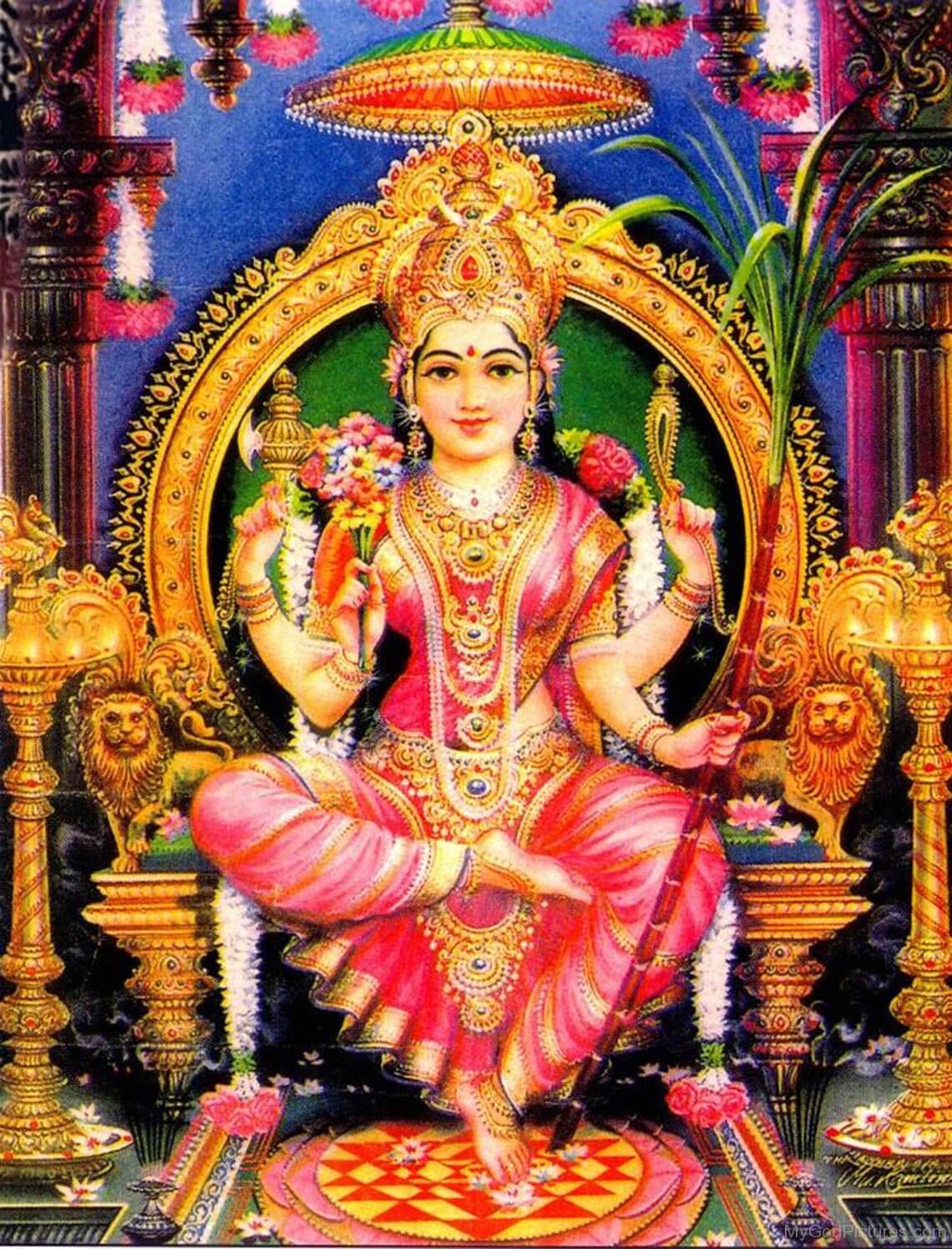



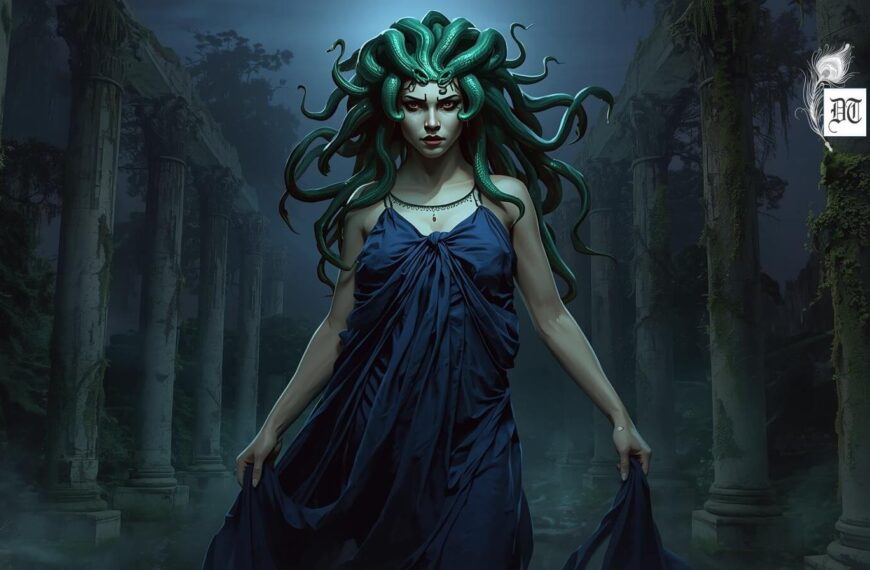
 By
By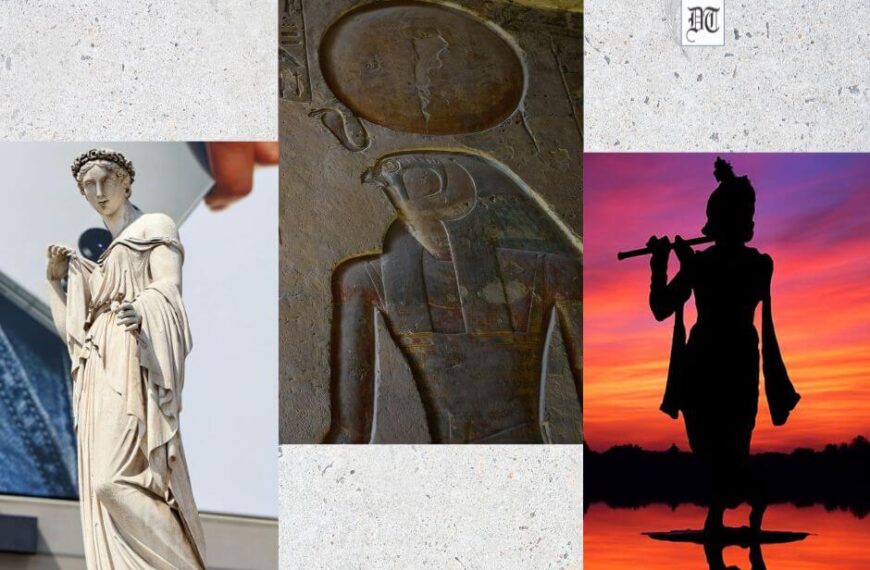

 By
By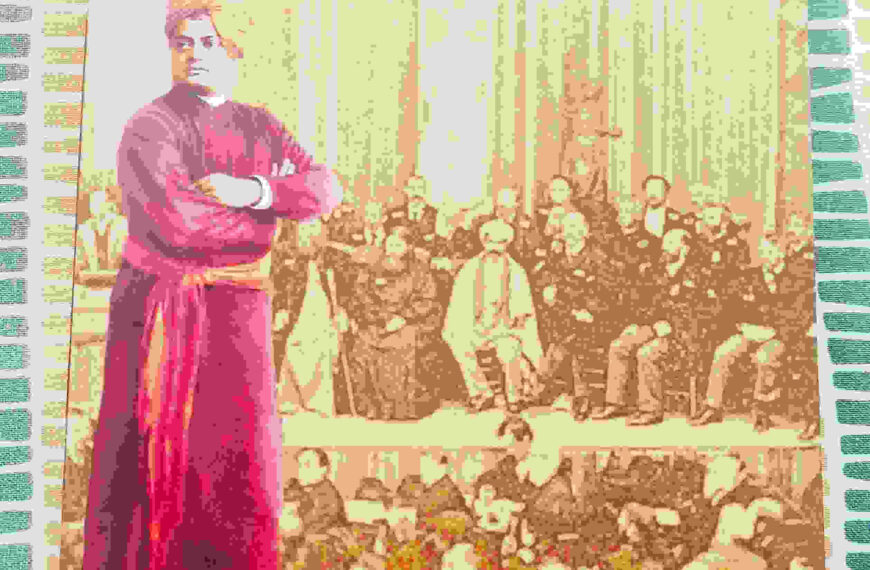
 By
By